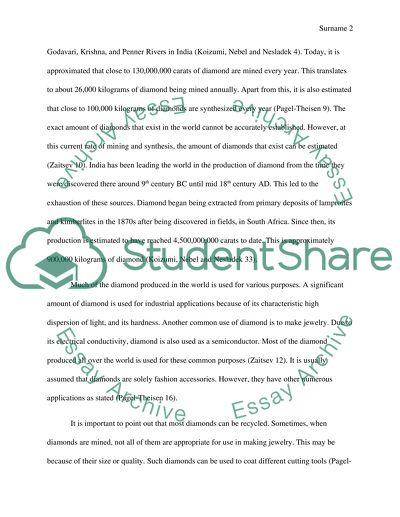Cite this document
(“Diamonds Research Paper Example | Topics and Well Written Essays - 1000 words”, n.d.)
Diamonds Research Paper Example | Topics and Well Written Essays - 1000 words. Retrieved from https://studentshare.org/physics/1451505-diamonds
Diamonds Research Paper Example | Topics and Well Written Essays - 1000 words. Retrieved from https://studentshare.org/physics/1451505-diamonds
(Diamonds Research Paper Example | Topics and Well Written Essays - 1000 Words)
Diamonds Research Paper Example | Topics and Well Written Essays - 1000 Words. https://studentshare.org/physics/1451505-diamonds.
Diamonds Research Paper Example | Topics and Well Written Essays - 1000 Words. https://studentshare.org/physics/1451505-diamonds.
“Diamonds Research Paper Example | Topics and Well Written Essays - 1000 Words”, n.d. https://studentshare.org/physics/1451505-diamonds.


